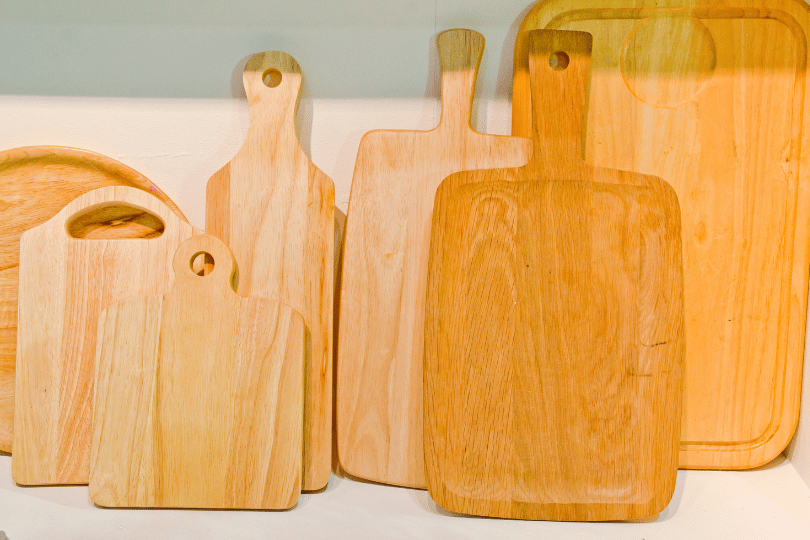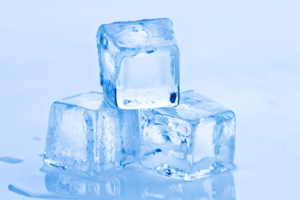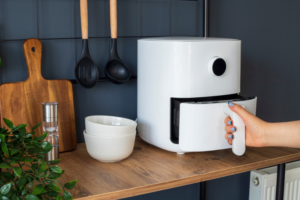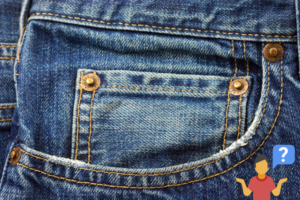Wood, with its durability and natural elegance, is a classic and versatile choice for cutting boards. However, not all woods are created equal. The right type of wood can significantly enhance both the functionality and aesthetics of your cutting board. This guide will delve into the key factors to consider when choosing the best wood for your cutting board.

Key Factors to Consider
1. Hardness
The hardness of the wood plays a crucial role in determining the durability of your cutting board. Hardwoods, less prone to scratches and dents, are preferred. Notable hardwood choices include maple, oak, cherry, and walnut, offering a balance between durability and ease of use.
2. Density
Dense woods are less likely to absorb moisture, thereby reducing the risk of warping or cracking. Dense hardwoods, such as maple and teak, provide a sturdy surface that can endure the demands of chopping and slicing without easily getting damaged.
3. Grain Pattern
The grain pattern of the wood influences both the aesthetics and functionality of the cutting board. Edge grain boards, where the wood fibers run parallel to the surface, are durable and gentler on knife blades. On the other hand, end grain boards, with fibers arranged vertically, offer a softer cutting surface that is more forgiving on knives.
4. Maintenance
Different woods require varying levels of maintenance. Some woods possess natural antimicrobial properties that resist bacterial growth. Regular oiling and proper cleaning are essential for maintaining the longevity of your cutting board. Choose a wood that aligns with your maintenance routine.
Top Choices for Cutting Board Woods

1. Maple
Maple, known for its hardness, fine grain, and light color, is a popular choice for cutting boards. Its ease of cleaning and maintenance makes it an excellent option for both home and professional kitchens.
2. Walnut
Walnut, with its rich, dark color and luxurious appearance, is a dense hardwood that resists scratches. Its natural oils provide some resistance to water, making it a practical choice.
3. Teak
Teak, known for its high density and natural oils, is resistant to moisture and insects. While it requires minimal maintenance, teak cutting boards can be slightly heavier than others.
4. Acacia:
Acacia wood is a popular choice for cutting boards due to its unique blend of durability and eye-catching grain patterns. It’s known for its natural resistance to moisture, making it a reliable and aesthetically pleasing option for your kitchen.
5. Cherry:
Cherry wood has a beautiful reddish-brown hue that deepens with age. It’s a moderately hard wood that can withstand the demands of a cutting surface.
Choosing the best wood for your cutting board is a decision that balances practicality and aesthetics. Whether you opt for the classic appeal of maple, the rich tones of walnut, or another type of wood, the right choice will not only enhance your culinary experience but also add a touch of natural beauty to your kitchen. Consider factors such as hardness, density, grain pattern, and maintenance requirements when making your selection.

















Leave a Reply